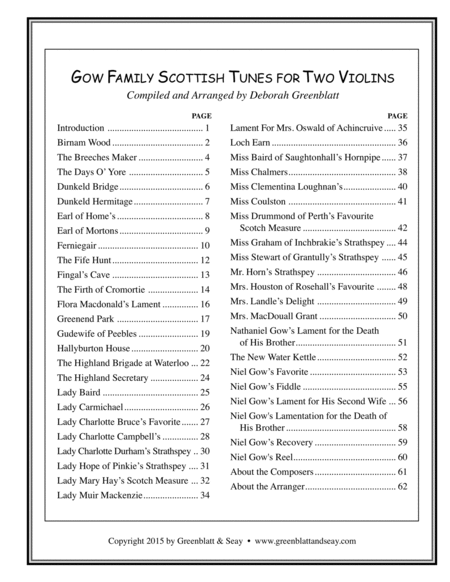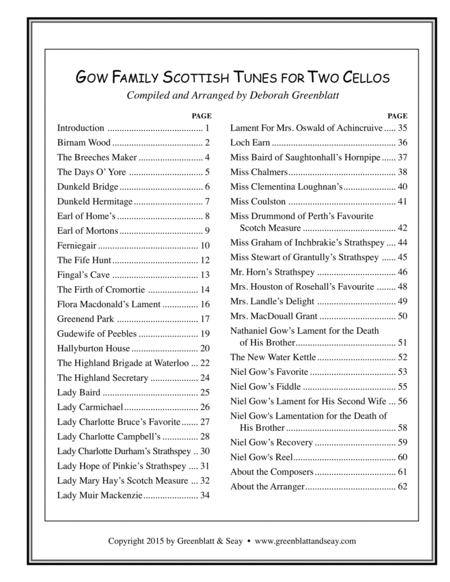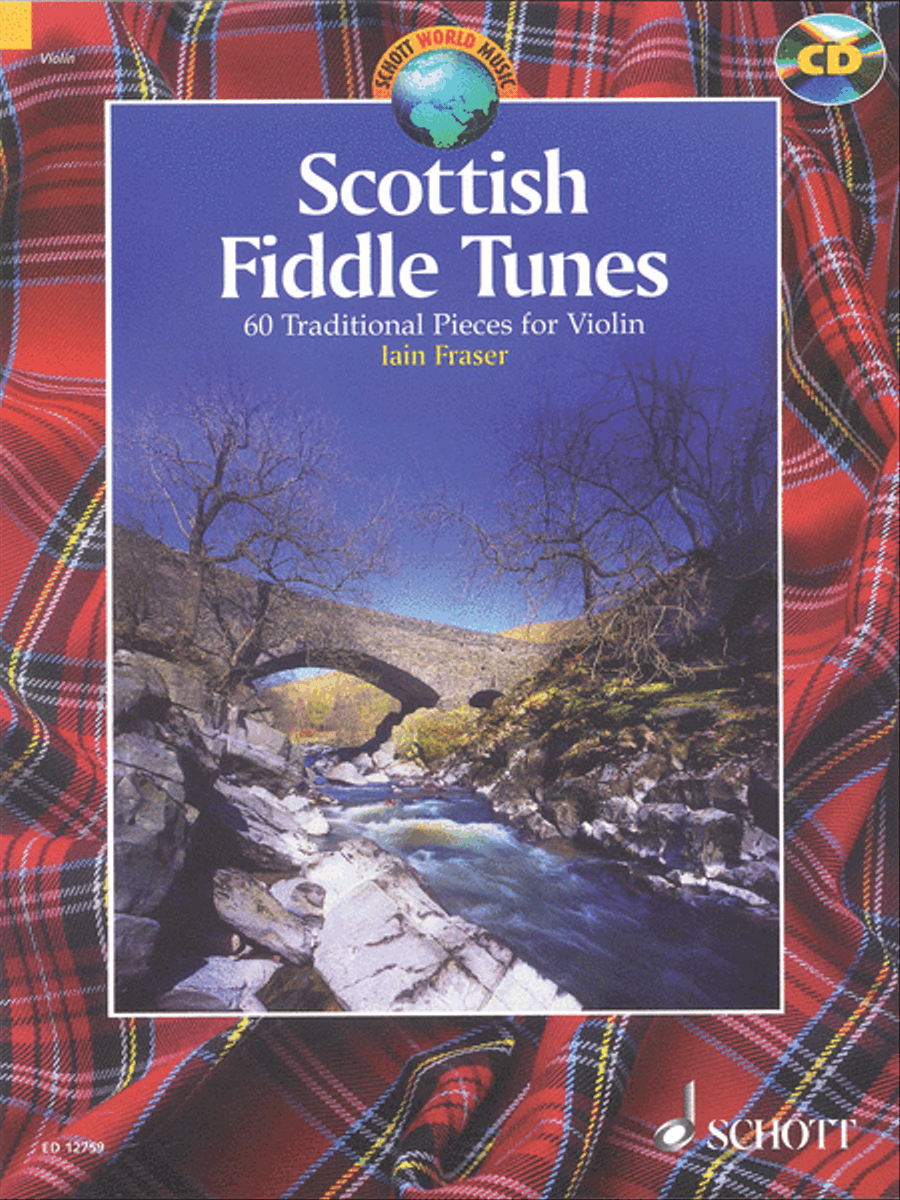Niel Gow (1727 - 1807)
 Royaume-Uni
Royaume-Uni
 Royaume-Uni
Royaume-UniNiel Gow (1727–1807) was the most famous Scottish fiddler and dancie (traveling dance instructor and bard) of the eighteenth century.
Gow was born in Inver, Perthshire, as the son of John Gow and Catherine McEwan. He started playing the fiddle when very young and at age 13 received his first formal lessons from one John Cameron. In spite of being something of a musical prodigy, he originally trained as a weaver, but eventually gave up that trade to become a full-time musician. He was widely ... (Read all)
Source : Wikipedia
Gow was born in Inver, Perthshire, as the son of John Gow and Catherine McEwan. He started playing the fiddle when very young and at age 13 received his first formal lessons from one John Cameron. In spite of being something of a musical prodigy, he originally trained as a weaver, but eventually gave up that trade to become a full-time musician. He was widely ... (Read all)
Source : Wikipedia
Search
| |||||||||||||||













 SHEET MUSIC
SHEET MUSIC